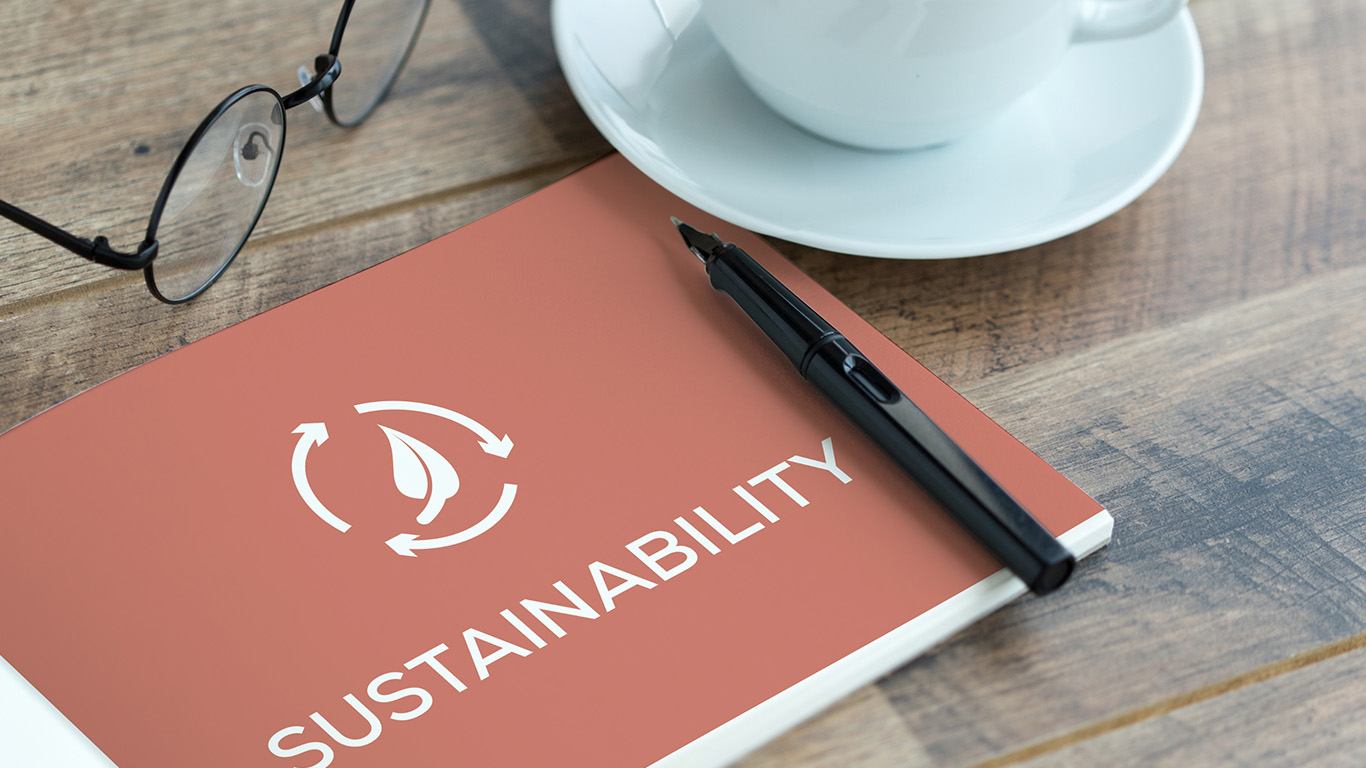Get ready to dive into the world of sustainability communication strategies!
In this article, we’ll show you how to set clear goals, design effective campaigns, and establish trust with your stakeholders. Plus, you’ll learn how a sustainable communication strategy can give your business a competitive edge.
What is a sustainability communication plan?
Sustainability is at the top of the agenda for a lot of organisations as consumers and investors increasingly seek socially and ecologically responsible enterprises. This means that a lot of companies find themselves requiring a comprehensive sustainability communication plan at some point, to effectively express their commitment to sustainability and develop trust with those stakeholders.
A sustainability communication strategy is a strategic document that explains an organisation’s commitment to sustainability and the steps it will take to reach its sustainability goals. Think of it as a roadmap for your business to navigate the ever-changing landscape of being socially and environmentally responsible.
The plan needs to include information about the specific sustainability concerns the organisation is facing and the goals and activities it will take to address them. A communication plan for sustainability should also include a timeframe for implementation and a method for tracking and reporting progress.
One of the primary reasons why businesses require a sustainability communication plan is to create stakeholder trust and reputation.
An organisation can demonstrate its commitment to sustainable development and create confidence with stakeholders, including customers, employees, and investors, by clearly explaining its commitment to sustainability and the steps it is taking to solve specific sustainability concerns.
A sustainability communication plan is also necessary to attract and retain clients. Consumers are becoming more interested in acquiring goods and services from socially and ecologically responsible businesses. By conveying its commitment to sustainability and the measures it is taking to solve specific sustainability concerns, a business can attract and keep customers who seek businesses that share its values.
What are the steps you need to take
Creating a communication plan for sustainability requires several essential steps. The initial stage is to perform a sustainability assessment to determine which specific sustainability concerns the organisation will prioritise. This assessment should include an examination of the company’s environmental and social activities, as well as the most pressing sustainability concerns for the company’s operations and stakeholders.
After identifying the sustainability challenges, the following stage is to establish clear and explicit goals for addressing them. These objectives should be measurable and attainable, as well as consistent with the organisation’s broader sustainability plan.
The next step is to establish a comprehensive communication plan that takes into account the demands and interests of many stakeholders. This should include both internal and external communications, such as meetings with employees and newsletters, as well as press releases, social media posts, and other marketing materials. It is also important to have a page on the company’s website that provides more information about its commitment to sustainability and the specific sustainability concerns it is tackling.
Utilising existing ties and affiliations to highlight the company’s commitment to sustainability is another important next step. For instance, the company could collaborate with other organisations working on the same sustainability concerns or engage in industry-wide sustainability programmes and events.
Reporting and reviewing
A key part of a communication strategy for sustainability is setting up a way to track and report on progress. This should include a public annual report or sustainability report and regular updates on how close the company is to meeting its sustainability goals. Additionally, the organisation should build a mechanism for tracking and responding to comments from stakeholders, as well as addressing any arising difficulties.
It is also vital to emphasise that a communication plan for sustainability is not a one-time exercise, but rather a continuous process that should be reviewed and modified frequently. This is because the company’s sustainability goals and communication strategies need to be changed and updated as needed to keep up with the changing business world and sustainability trends.
To sum up, a sustainability communication strategy is a strategic document that describes an organisation’s commitment to sustainability and the steps it will take to reach its sustainability goals. It assists businesses in establishing trust and reputation, attracting and retaining consumers, and remaining competitive in the current business environment. Key action items include performing a sustainability assessment, establishing clear and explicit objectives, designing a complete communication strategy, capitalising on relationships and collaborations, monitoring and reporting progress, and continuously reviewing and revising the plan.


